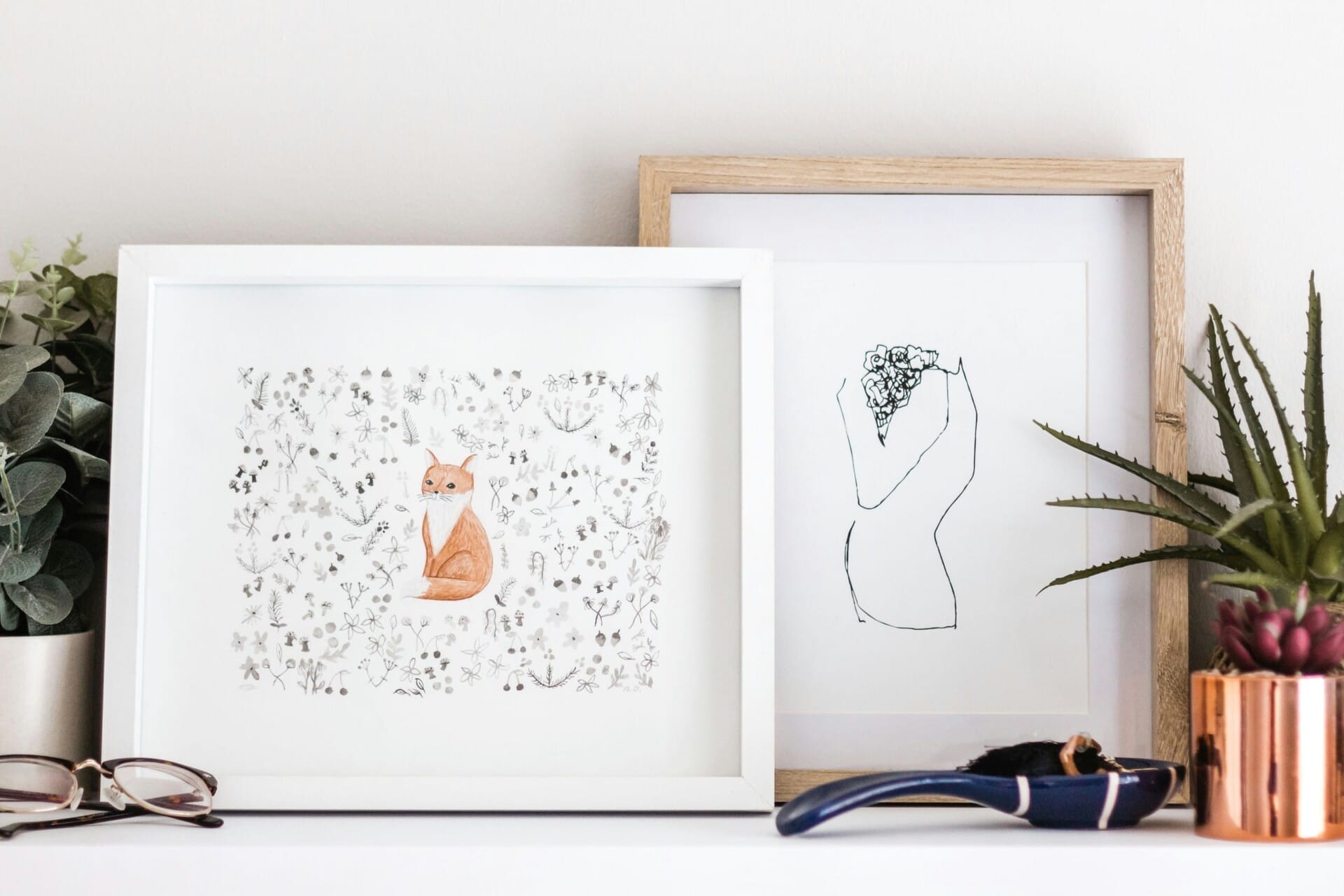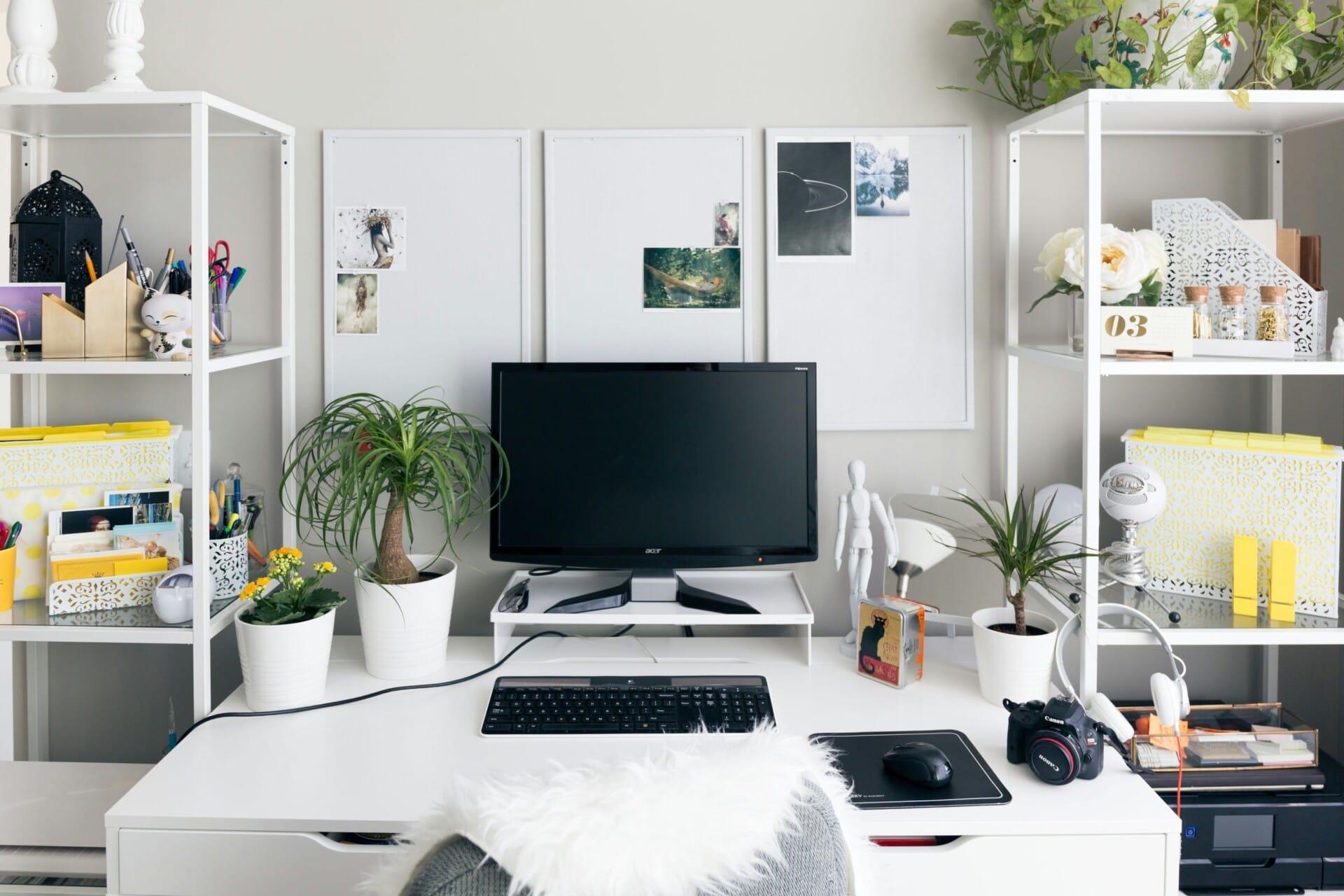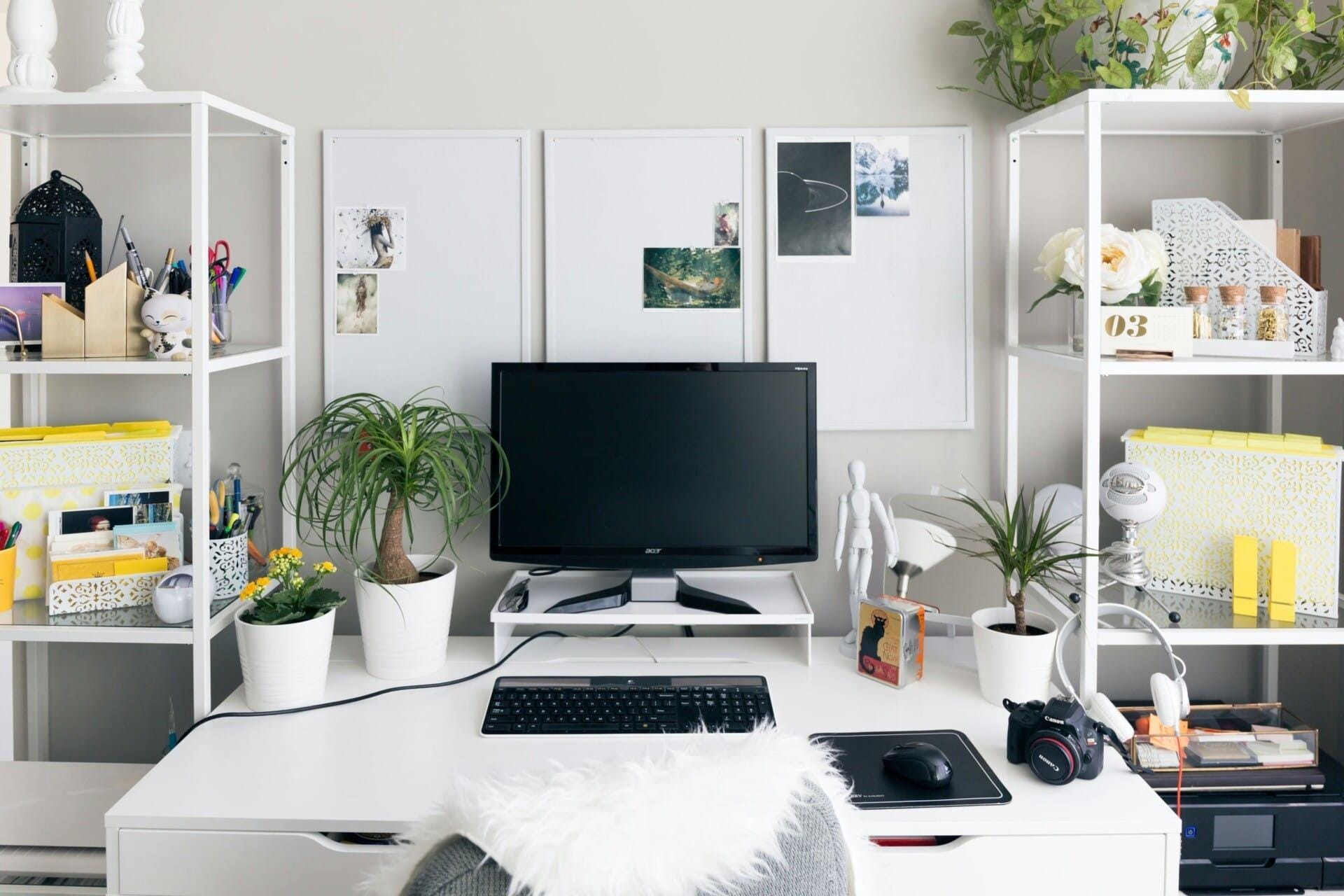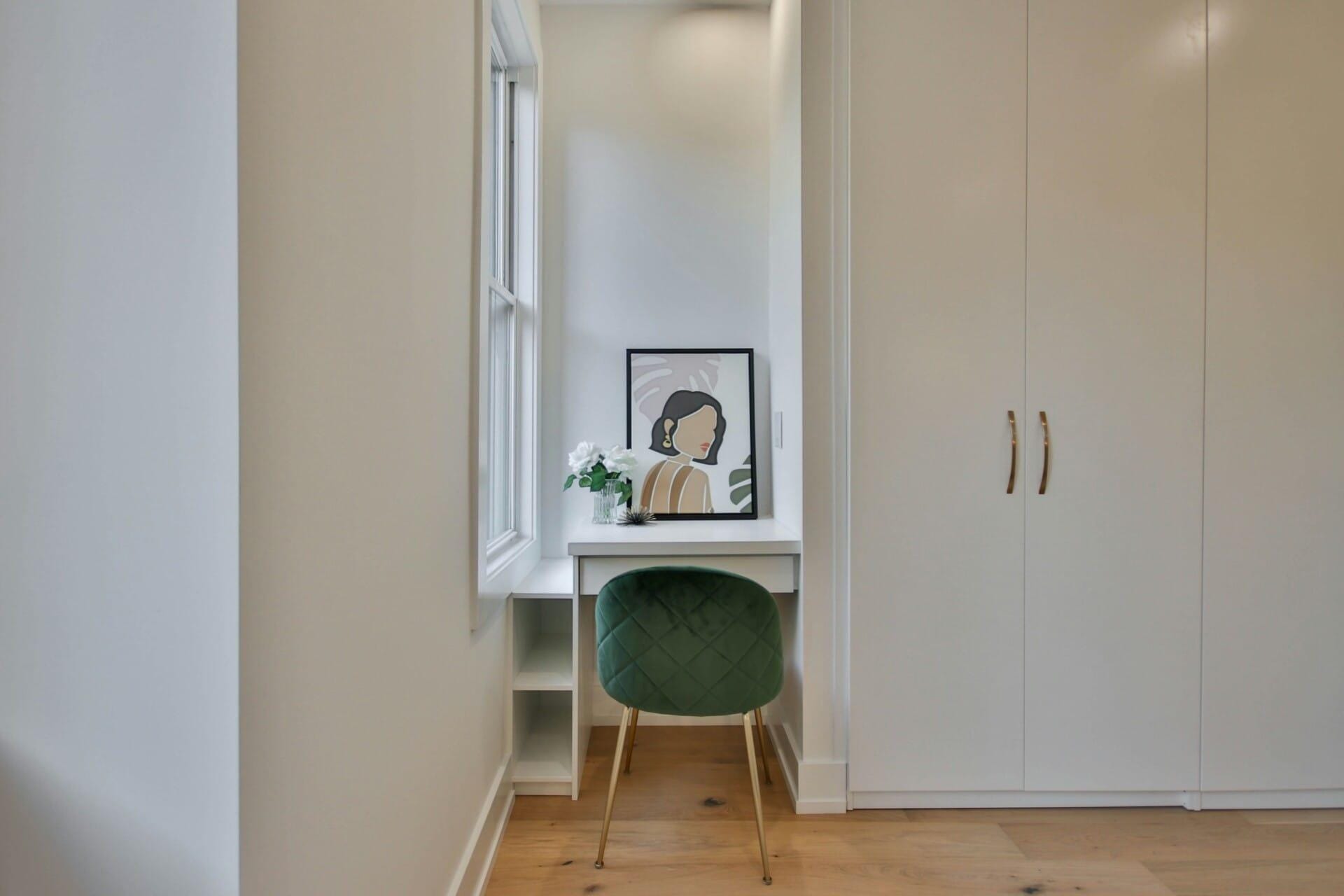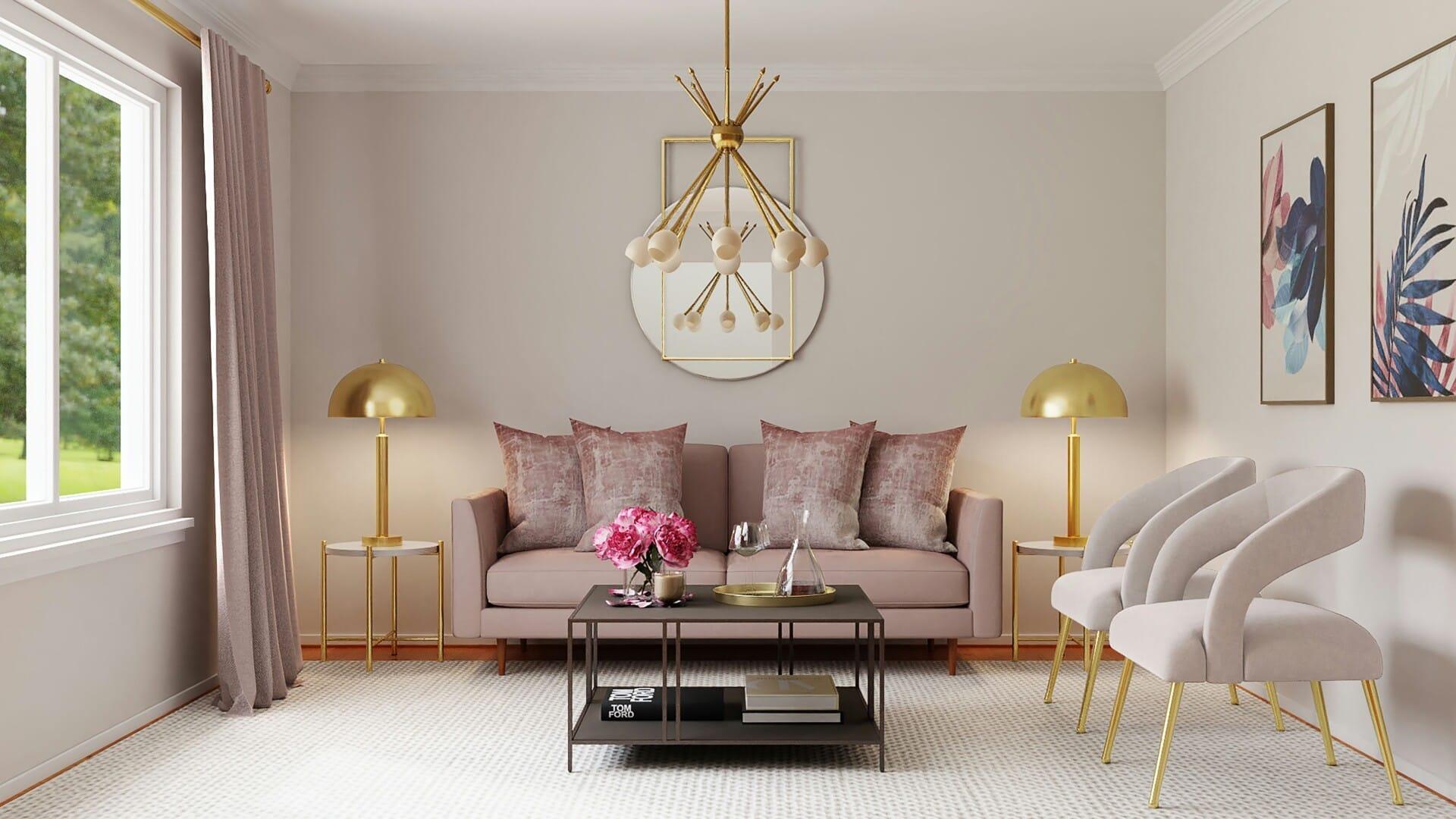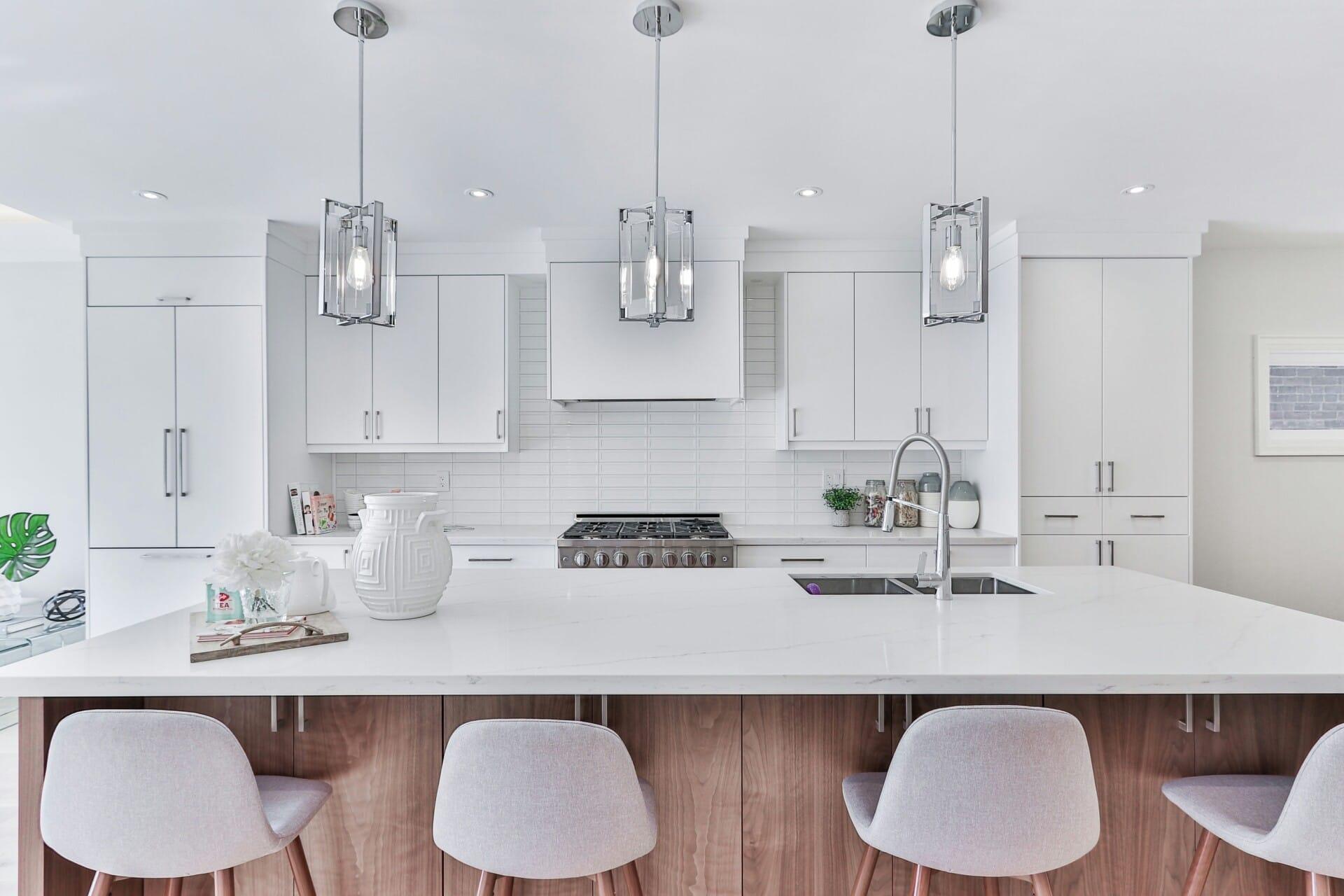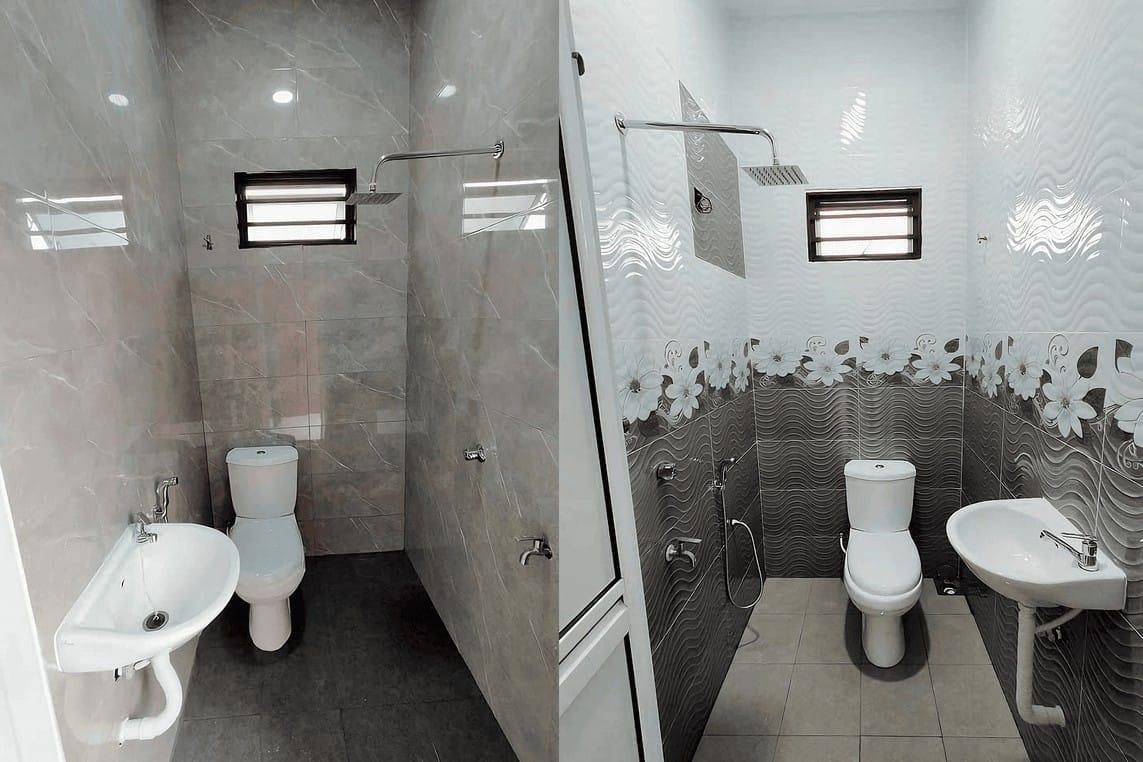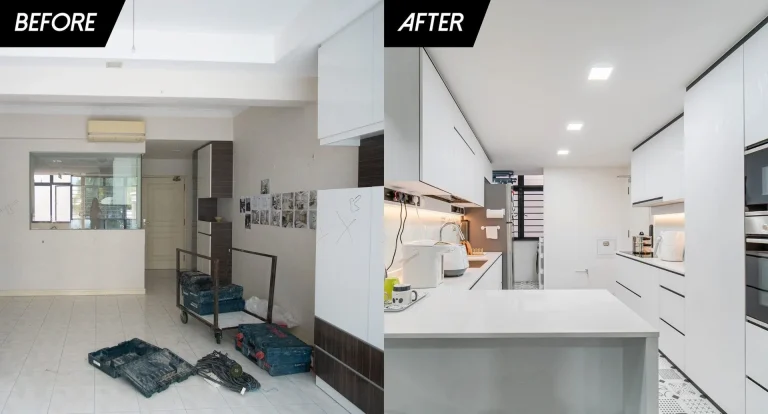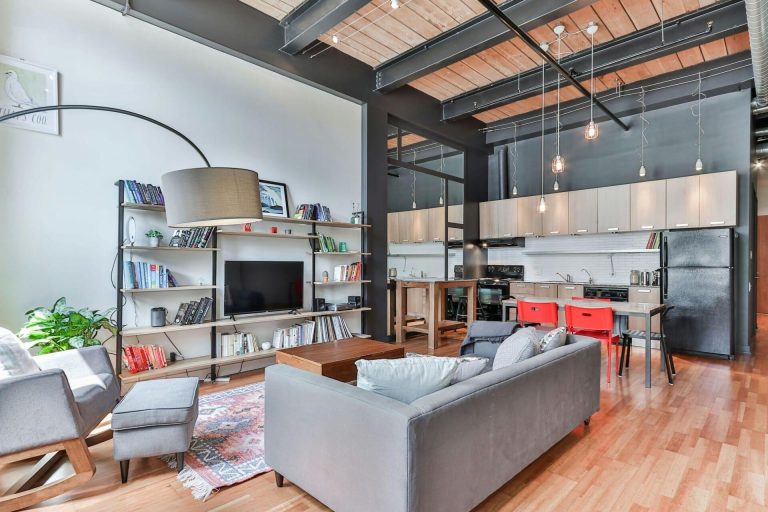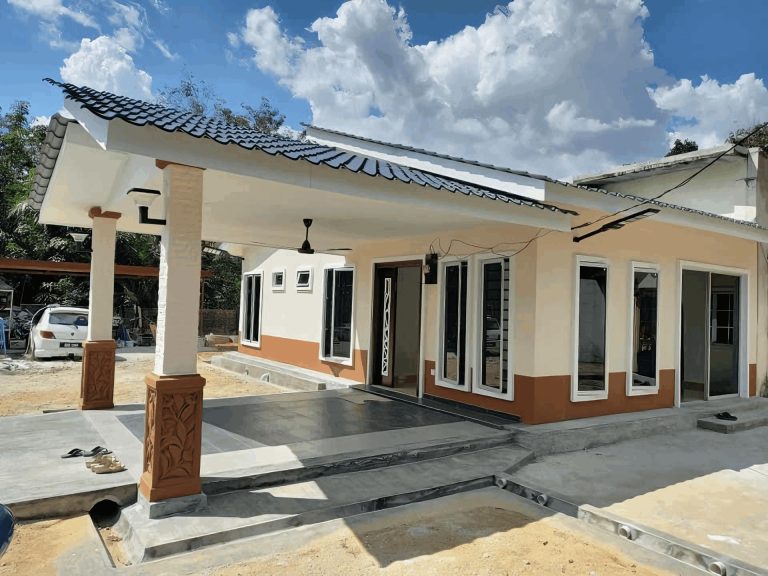Hey there! 🌟 Have you ever thought about how to make your home cooler and more comfortable while being kind to Mother Earth? Well, let’s chat about something pretty exciting — Passive House design! Imagine a home that stays cozy without cranking up the air conditioning all day. Sounds dreamy, right? In Malaysia’s tropical climate, where the sun shines bright and the humidity can sometimes feel overwhelming, Passive House design seems like the perfect match for our unique weather conditions. In this article, we’re diving into 10 reasons why going Passive is not just smart, but also super appealing for all of us living in this beautiful part of the world. So, grab a refreshing drink, and let’s explore how this innovative design can transform our living spaces for the better! 🏠✨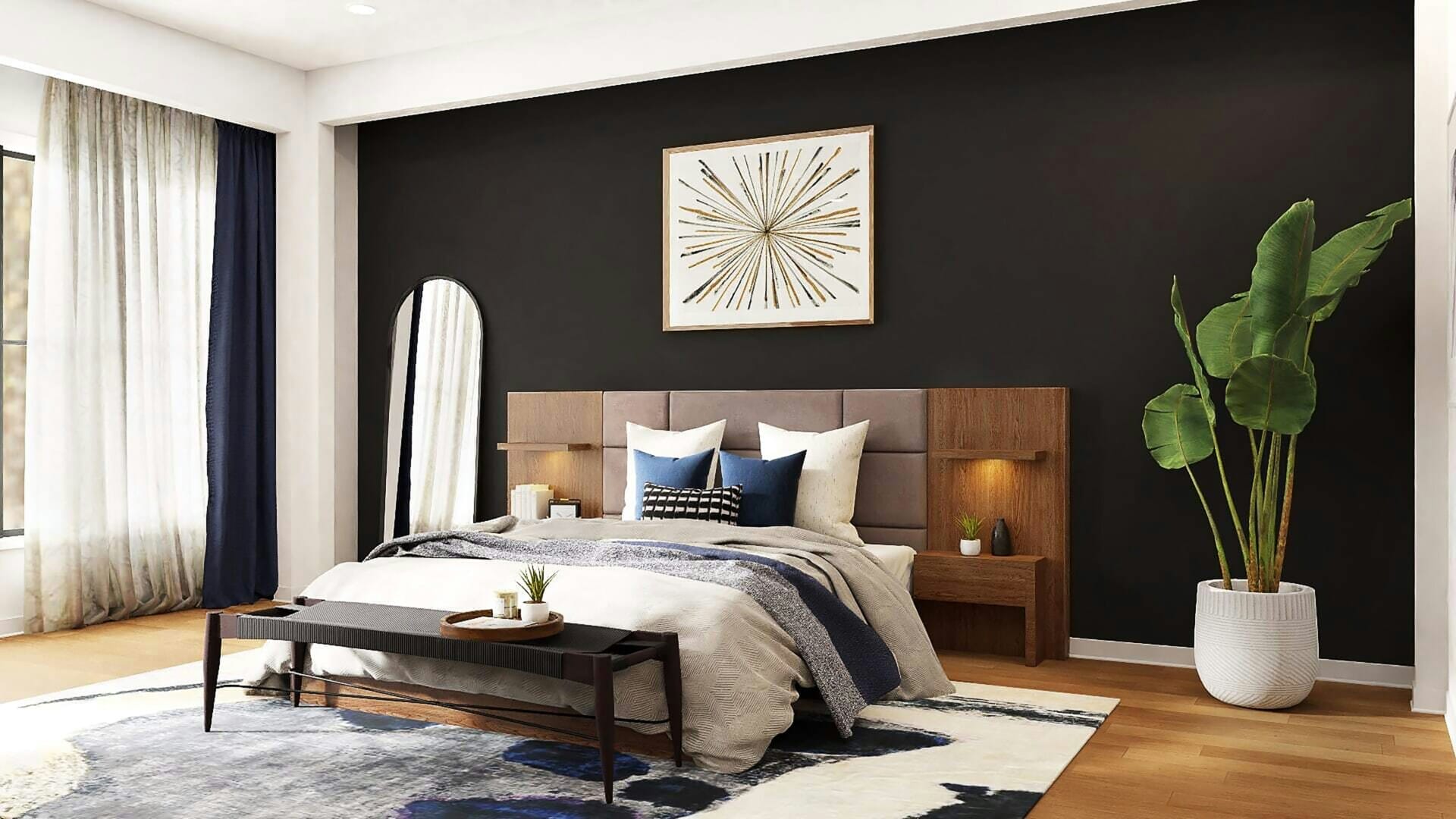
The Essence of Passive House Design in a Humid Climate
The principles of passive house design shine brightly in places like Malaysia, where humidity levels can be relentless. By embracing natural ventilation, these homes capitalize on the cooler breezes that sweep through the region. This means you’ll be less dependent on air conditioning, resulting in not just lower energy bills but also a more sustainable lifestyle. With features such as large overhangs and shaded windows, passive homes keep interiors cool and comfortable while utilizing the natural landscape for energy efficiency.
Another key component is insulation, which plays a crucial role in creating a thermal envelope that adapts to the tropical climate. Instead of traditional bulky insulation, passive house systems utilize lightweight materials that provide exceptional resistance to heat and humidity. This minimizes the risk of mold growth, a common concern in damp environments, while maintaining a balance between indoor air quality and energy comfort. Think of it this way: a well-insulated passive house is like a cool breeze on a sizzling hot day!
Moreover, passive house design incorporates the use of high-performance windows that not only filter strong sunlight but also enhance natural lighting. When positioned strategically, these windows can help reduce glare while brightening up living spaces—perfect for the vibrant Malaysian lifestyle. The combination of these elements results in an ecosystem that supports both energy efficiency and occupant comfort. In short, a well-designed passive house becomes a haven, seamlessly blending with the lush Malaysian greenery while being a guardian against the tropical elements.
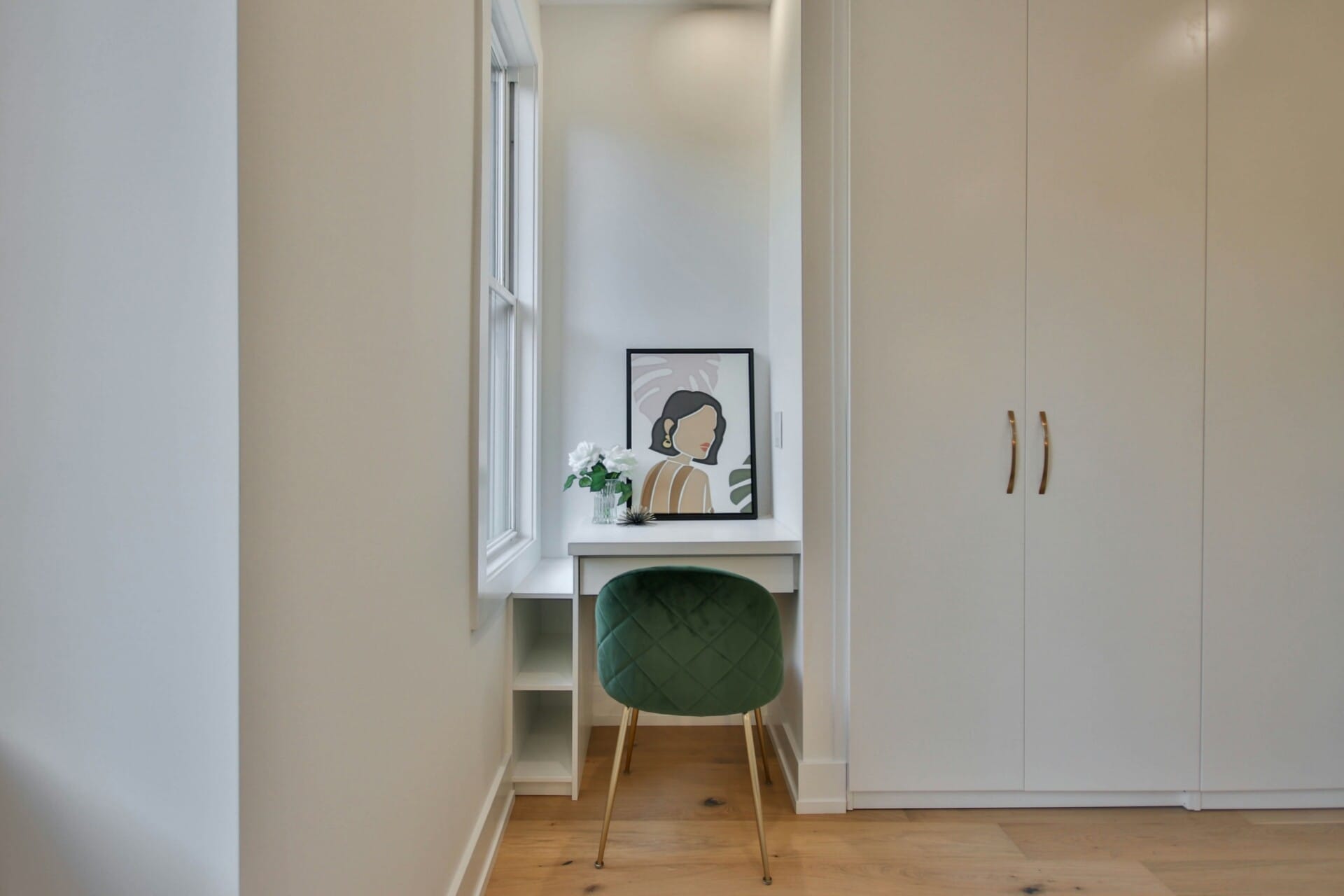
Maximizing Natural Ventilation for Comfort and Energy Efficiency
Maximizing natural ventilation in a Passive House can transform your living space into a breezy haven, ideal for Malaysia’s humid tropical climate. By strategically placing windows and openings, you can create a cross-ventilation effect that harnesses the natural flow of air. This means you can enjoy cooler indoor temperatures without relying heavily on air conditioning, which can rack up energy bills. Imagine living in a home where the gentle breeze flows freely, keeping you comfortable and refreshed.
To enhance airflow, consider implementing these smart design strategies:
- Position windows opposite each other for optimal airflow.
- Utilize high ceilings to allow hot air to escape upwards.
- Incorporate ventilation blocks or louvers to better control airflow.
- Use awnings or overhangs to protect windows from the sun while promoting ventilation.
Moreover, the choice of materials can also play a critical role in boosting your home’s ventilation capabilities. Lightweight, breathable materials facilitate quicker heat dissipation while ensuring that air circulates effectively throughout your home. Consider the following materials for construction:
| Material | Benefits |
|---|---|
| Wood | Natural insulator; promotes airflow. |
| Bamboo | Eco-friendly and lightweight, great for ventilation. |
| Reinforced Concrete | Durability with potential for thermal mass. |
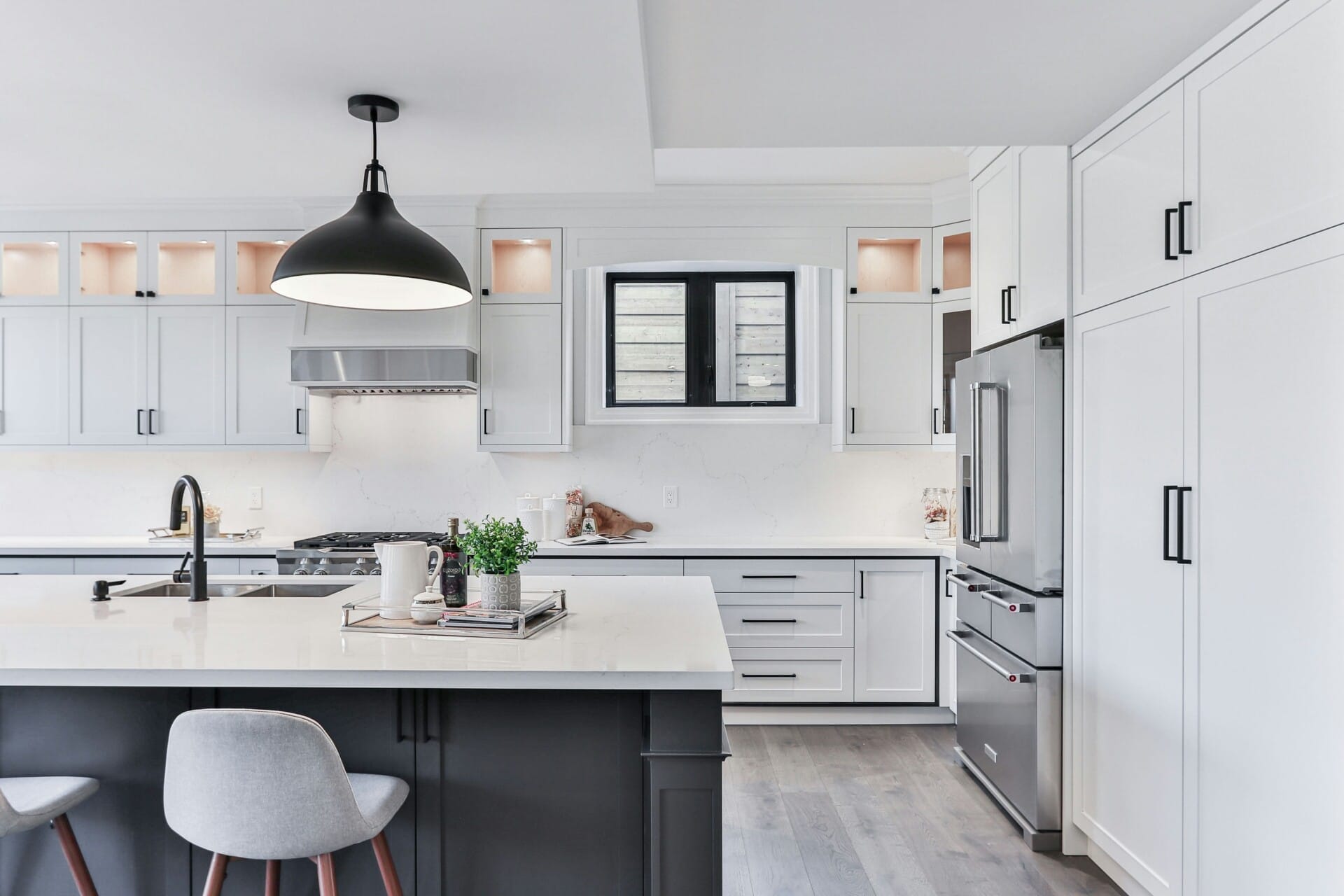
Embracing Thermal Mass for Climate Adaptation
In Malaysia’s tropical climate, where temperatures soar and humidity lingers, leveraging thermal mass becomes a game-changer in architectural design. This technique, which uses materials like concrete, brick, or stone, effectively absorbs, stores, and releases heat. By integrating these materials into building structures, homes can maintain stable indoor temperatures throughout the day and night. Imagine coming home to a comfortable space that naturally regulates its warmth, allowing you to turn off that air conditioner more often!
Here’s how using thermal mass in your home can keep things cool:
- Heat Regulation: The materials will absorb excess heat during the day and release it at night, minimizing the need for mechanical cooling.
- Energy Efficiency: By reducing reliance on energy-guzzling systems, you contribute to lower electricity bills and a greener environment.
- Increased Comfort: With stable temperatures, you get to enjoy a cozy home without the drastic fluctuations caused by external weather.
To highlight the effectiveness of thermal mass, let’s consider a simple comparison of traditional versus Passive House designs in the Malaysian context:
| Feature | Traditional Design | Passive House Design with Thermal Mass |
|---|---|---|
| Indoor Temperature Variability | Fluctuates often | Stable and comfortable |
| Energy Consumption | High due to cooling needs | Lower, using natural insulation |
| Environmental Impact | Moderate to high | Minimal, supports sustainability |
This clever utilization of materials not only aligns with modern sustainability goals but also harmonizes beautifully with the natural surroundings of Malaysia. It’s about creating a home that breathes with the environment!
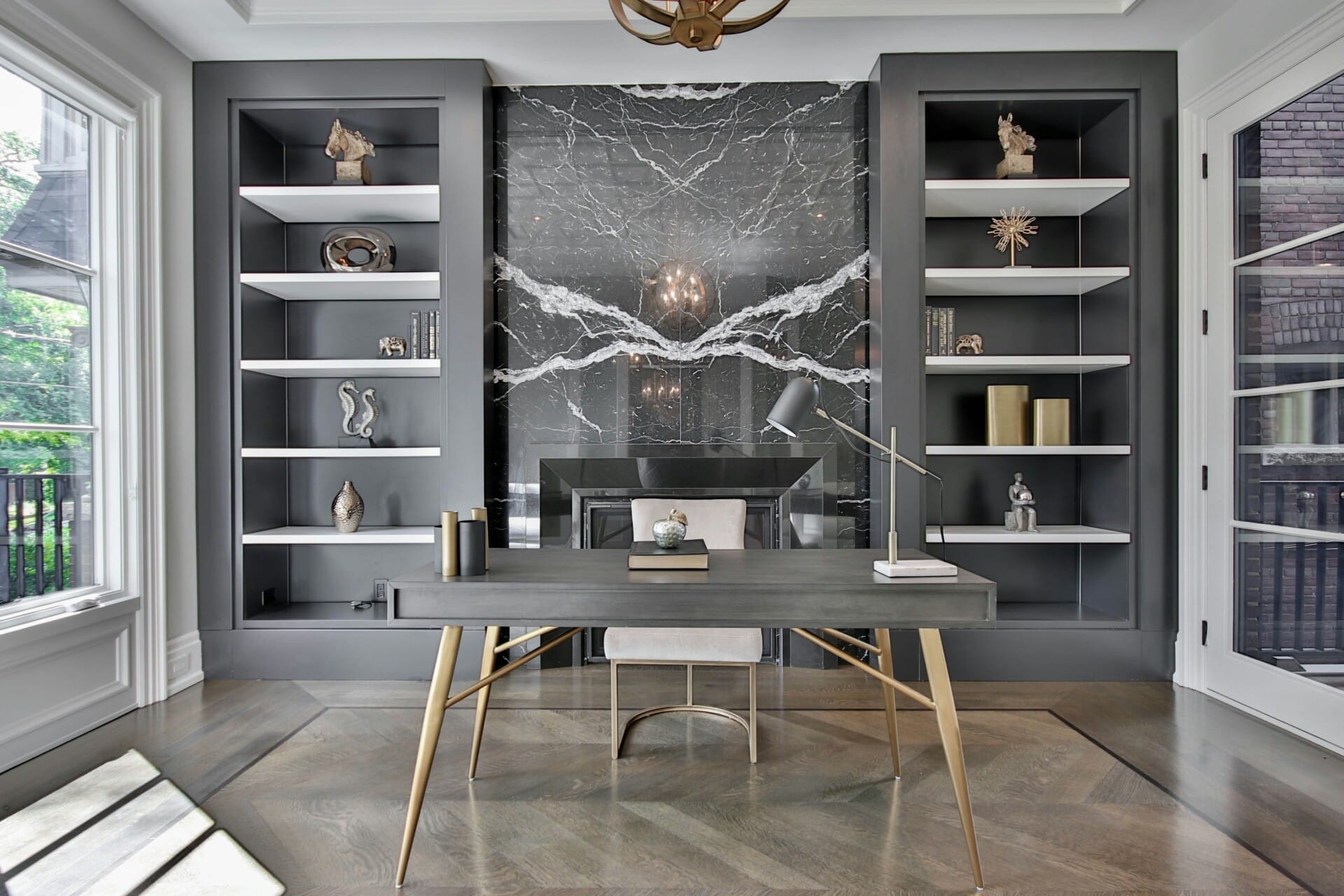
Harnessing Solar Energy while Minimizing Heat Gain
In the quest for energy efficiency, harnessing solar energy in tropical climates like Malaysia is both a blessing and a challenge. Homes designed with passive features can cleverly utilize solar energy while significantly reducing unwanted heat gain. Strategically placed windows, for example, can capture sunlight during the day, illuminating living spaces without the need for artificial lighting. However, it’s crucial to balance this with smart shading solutions that block excessive heat, keeping interiors cool and comfortable.
Another important aspect is the thermal envelope of the home. Using highly insulating materials helps maintain a stable indoor temperature, ensuring that solar energy serves to warm spaces during cooler hours, rather than making them uncomfortably hot. Integrating elements like overhangs or pergolas can significantly reduce heat gain. When combined with natural ventilation strategies, such as cross-ventilation, these designs can lead to a refreshing living environment that minimizes reliance on mechanical cooling systems.
| Passive Design Features | Benefits |
|---|---|
| Overhangs | Shades windows from direct sun, reducing heat gain. |
| Insulated Walls | Helps maintain a comfortable indoor temperature. |
| Natural Ventilation | Circulates fresh air without energy costs. |
By integrating these principles, homeowners can maximize the potential of solar energy while keeping their home environments cool and pleasant. The result is a practical adaptation to Malaysia’s tropical climate, where energy efficiency and comfort go hand in hand. With innovative design and thoughtful planning, it’s possible to create a living space that beautifully harmonizes with nature, all while significantly lowering energy consumption.
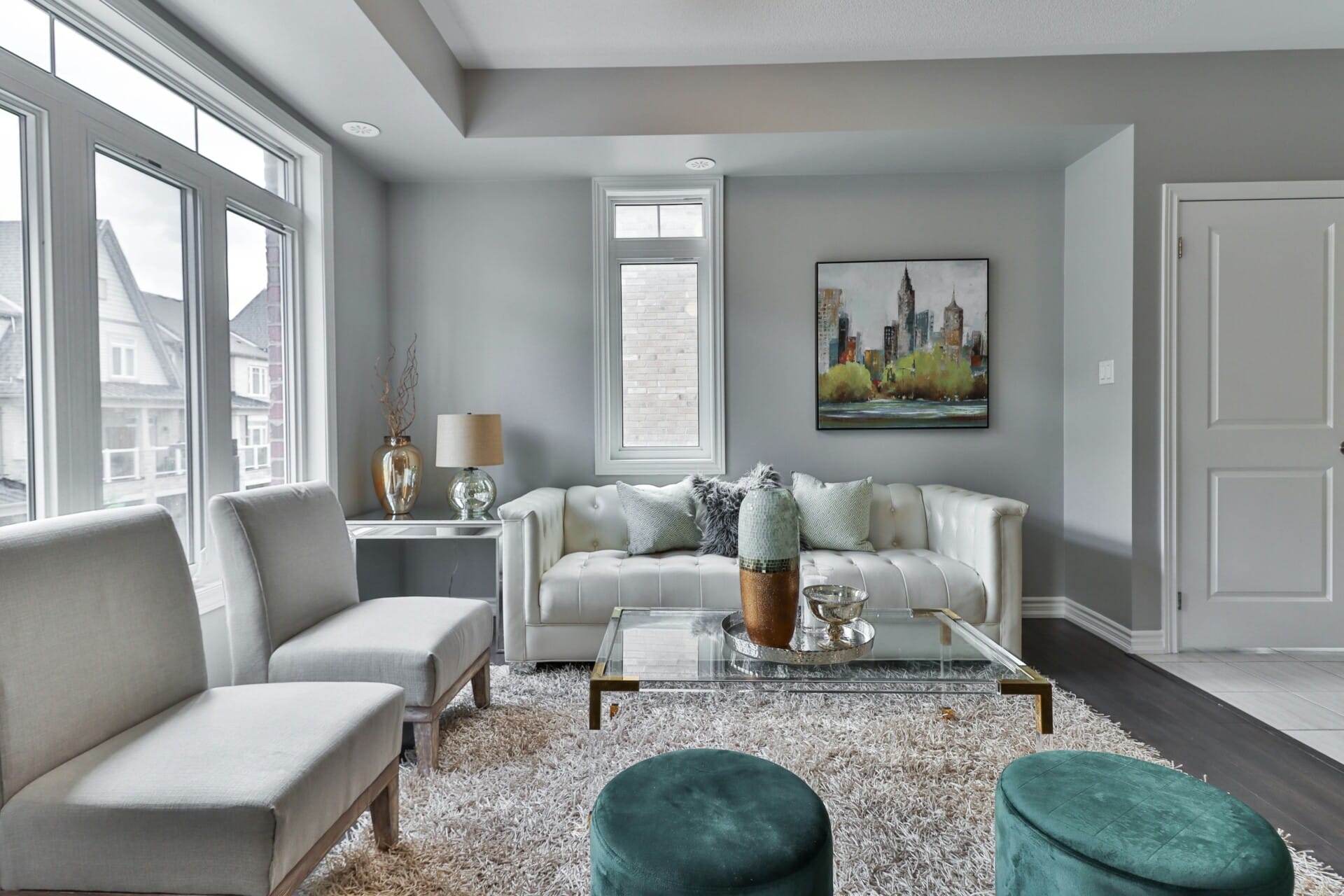
The Role of Insulation in Tropical Sustainability
In the vibrant landscapes of Malaysia, where humidity meets heat, insulation becomes an unsung hero in the quest for comfort and sustainability. By effectively reducing the need for artificial cooling, it conserves energy while creating a more pleasant indoor environment. This is not just about keeping cool; it’s about enhancing the overall quality of life. Insulation contributes to a balanced temperature, reducing the heavy reliance on air conditioning systems, which in turn lowers electricity consumption.
The selection of insulation material is critical in tropical settings. Natural fibers, like coconut coir or sheep’s wool, offer sustainable options that are not only eco-friendly but also effective in regulating temperature and managing moisture levels. Additionally, reflective insulation keeps homes cooler by redirecting radiant heat away from the living spaces. Highlighting these types broadens the scope for innovative building practices that respect and benefit the tropical climate.
Using insulation wisely can help create a symbiotic relationship between homes and their environment. Here’s a quick look at how insulation can support sustainable living in Malaysia:
| Benefits of Insulation | Impact on Tropical Sustainability |
|---|---|
| Energy Efficiency | Reduced electricity usage and costs |
| Comfort | Stable indoor climate, avoiding overheating |
| Moisture Control | Prevents mold growth and enhances air quality |
| Sustainable Materials | Supports local economies and eco-friendly practices |
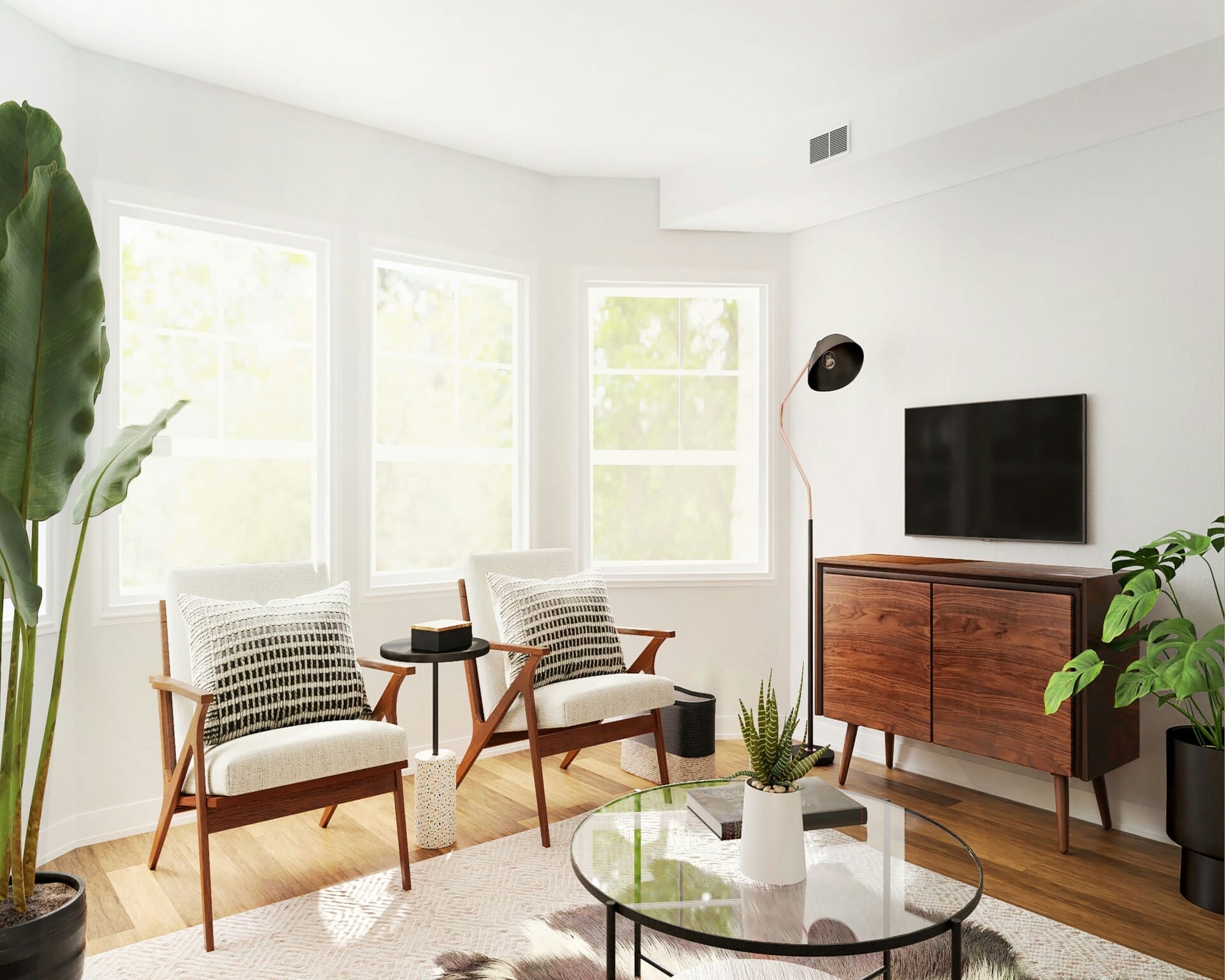
Design Strategies for Rain Protection and Humidity Control
When it comes to tackling the tricky weather conditions in Malaysia, having effective is essential. A Passive House takes a unique approach by focusing on building envelopes that are incredibly airtight and well-insulated. This is key in reducing the reliance on mechanical systems while naturally maintaining a comfortable indoor climate. By eliminating air leaks, the structures can efficiently regulate temperature and humidity, making it ideal for the humid, tropical Malaysian environment.
Another exciting aspect of Passive House design is the use of high-performance windows and shading devices. These windows not only block harmful UV rays but also allow natural light to flood the interiors, reducing the need for artificial lighting. Coupled with overhangs and awnings, the design minimizes solar gain during the sweltering afternoon sun, ensuring the interiors remain cool all day long. Plus, using materials that can withstand water intrusion helps protect against the heavy rains so common in Malaysia, ensuring the longevity of the building.
incorporating natural ventilation into the design can create a refreshing airflow within the building. Instead of relying solely on air conditioning, strategic placement of windows and ventilation openings can harness the natural breezes. This design choice not only promotes comfort but also significantly reduces energy costs associated with cooling. With these principles, a Passive House can adapt beautifully to the tropical climate, embracing the local environment while providing a cozy sanctuary from the elements.

Creating Indoor Spaces that Promote Well-being
Designing indoor spaces that enhance well-being can significantly impact our daily lives, especially in Malaysia’s tropical climate where the heat and humidity can sometimes make us feel lethargic. By integrating natural elements and maximizing airflow, the passive house approach creates an environment that feels fresh and invigorating. Imagine walking into a space filled with soft, diffused light and a gentle breeze flowing through; it not only uplifts your mood but also promotes relaxation.
One of the key benefits of this design is its ability to blur the lines between indoor and outdoor living. Incorporating large windows and open spaces allows for a seamless transition between nature and home. This connection to the outdoors can come from:
- Nature-inspired color palettes
- Indoor plants that purify the air
- Natural materials like wood and stone
Furthermore, the design focuses on ensuring optimal thermal comfort. With smart insulation and strategically placed shade, you can enjoy a consistently cool environment without relying heavily on air conditioning. This not only contributes to energy efficiency but also fosters a healthier living space. A simple table showcasing the benefits could look like this:
| Benefit | Description |
|---|---|
| Natural Ventilation | Reduces humidity and improves air quality. |
| Daylight Maximization | Enhances mood and reduces reliance on artificial lighting. |
| Energy Efficiency | Lowers bills and environmental impact. |
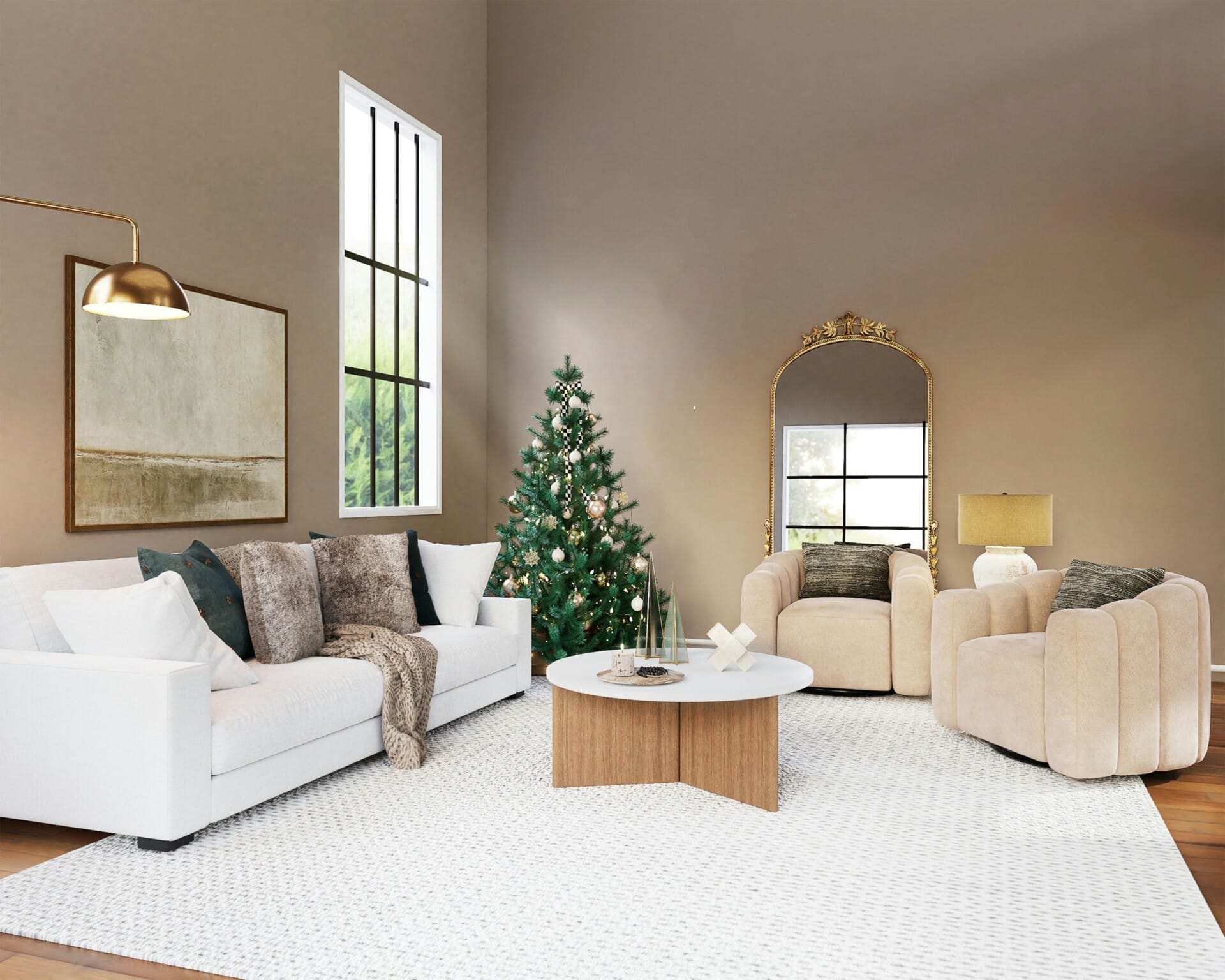
Cost-Benefit Analysis: Long-term Savings of Passive House Approaches
When it comes to building homes in Malaysia’s tropical climate, the benefits of passive house design seem boundless. One of the key advantages is its potential for long-term savings on energy bills. By optimizing energy efficiency through effective insulation, shading, and ventilation, homeowners can significantly reduce reliance on air conditioning. This not only lightens the monthly expenses but also lessens the environmental impact, aligning perfectly with growing sustainability movements.
Additionally, choosing passive house strategies can lead to lower maintenance costs over time. Well-constructed passive houses are designed with durable materials and techniques aimed at minimizing wear and tear. This can translate into less frequent repairs and replacements, meaning homeowners save on upkeep while enjoying a comfortable living environment. Consider these factors:
- Reduction in energy consumption: Minimal use of HVAC systems.
- Durable construction: Long-lasting materials and design reduce repair frequency.
- Optimal indoor comfort: Consistent temperatures mean less reliance on fans and air conditioners.
To illustrate the potential economic benefits, here’s a simple comparison of energy consumption and costs for a standard house versus a passive house in Malaysia:
| Building Type | Average Monthly Energy Cost (MYR) | Estimated Annual Savings (MYR) |
|---|---|---|
| Standard House | 300 | 0 |
| Passive House | 150 | 1,800 |
crafting your home with passive house principles isn’t just about comfort and aesthetic appeal—it’s also an investment in your future savings. The initial costs might be higher, but the return in terms of energy efficiency and reduced maintenance can quickly tip the scales in favor of a passive house.
Insights and Conclusions
As we wrap up our journey through the ins and outs of Passive House design and its suitability for Malaysia’s tropical climate, it’s clear that this approach is not just about building homes; it’s about creating a lifestyle that harmonizes with our environment. With its focus on energy efficiency, comfort, and sustainability, Passive House design offers a refreshing perspective on how we can live better while respecting our beautiful surroundings.
So, whether you’re thinking about building a new home or simply curious about how to make your current space more eco-friendly, consider the benefits of going Passive. Imagine basking in a naturally cool home without breaking the bank on air conditioning – sounds dreamy, right?
By embracing these principles, you’re not just investing in a house; you’re investing in a greener future for Malaysia. Together, we can build a more sustainable community that future generations will be proud to call home. So, let’s take the plunge and explore the possibilities that Passive House design offers – because in a place as vibrant and diverse as ours, we deserve a living space that reflects that magic! 🌱✨